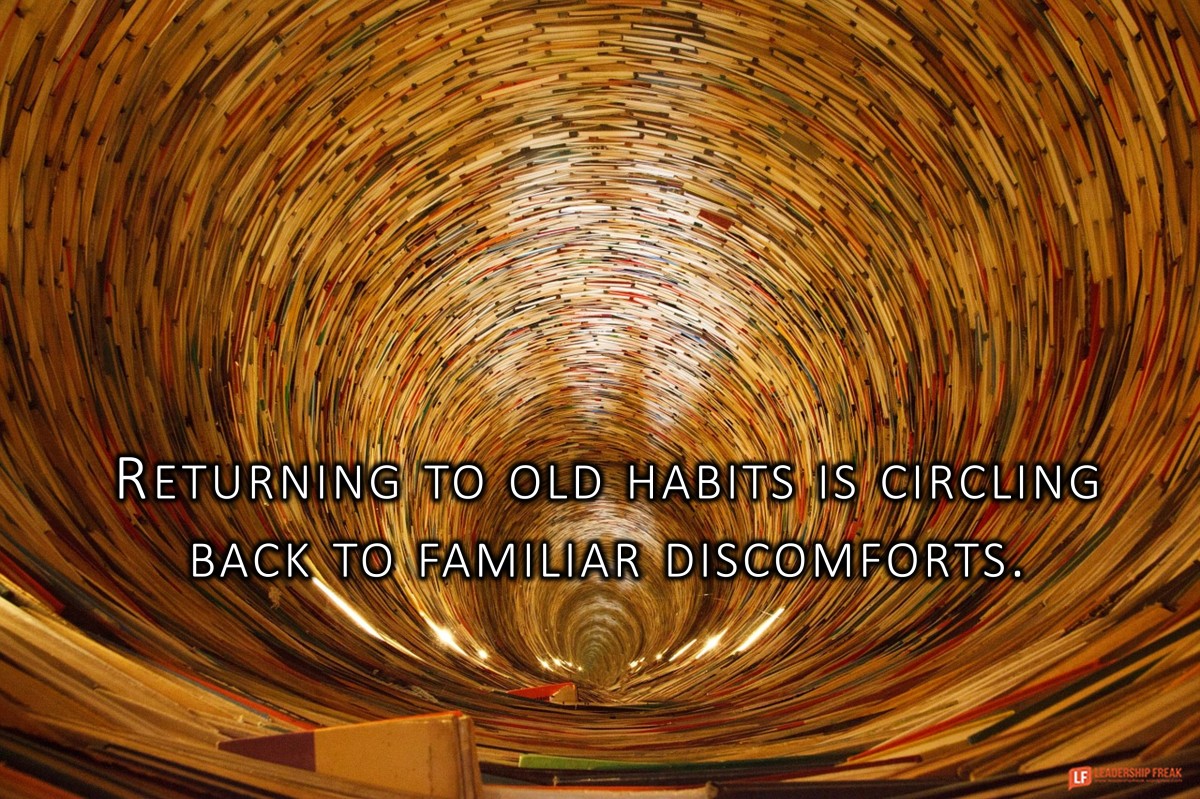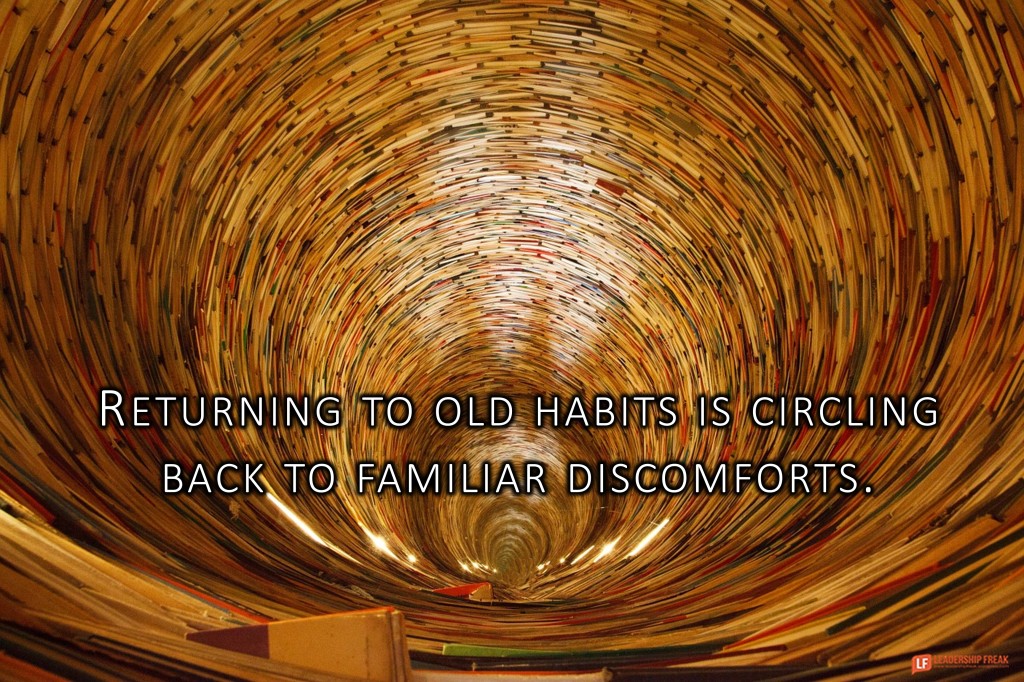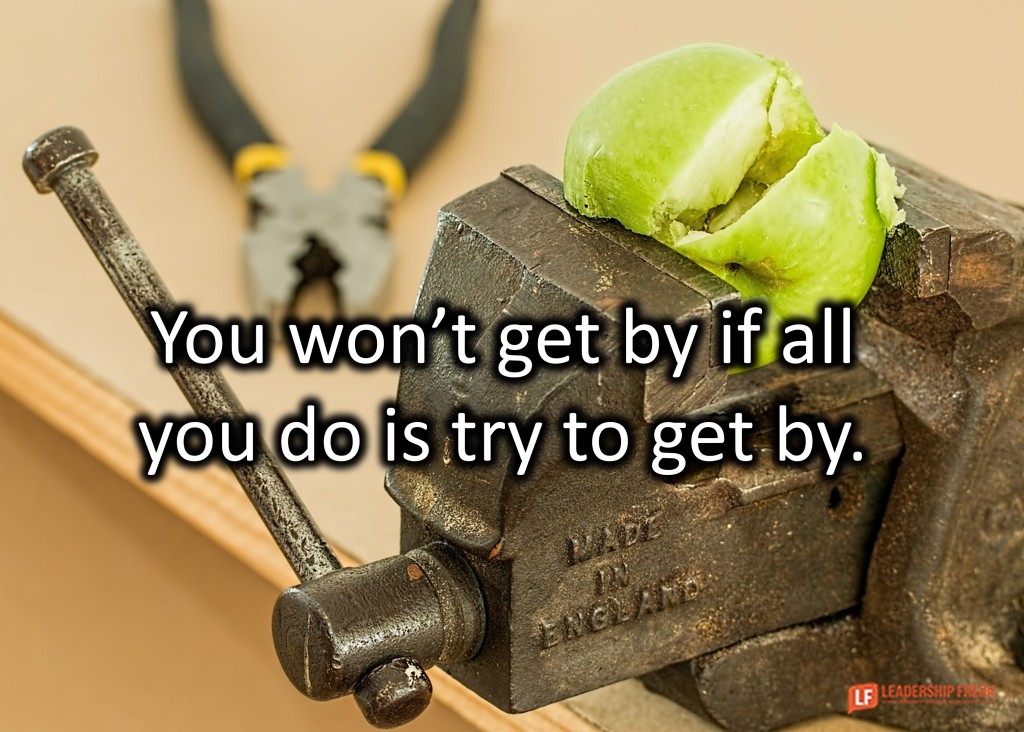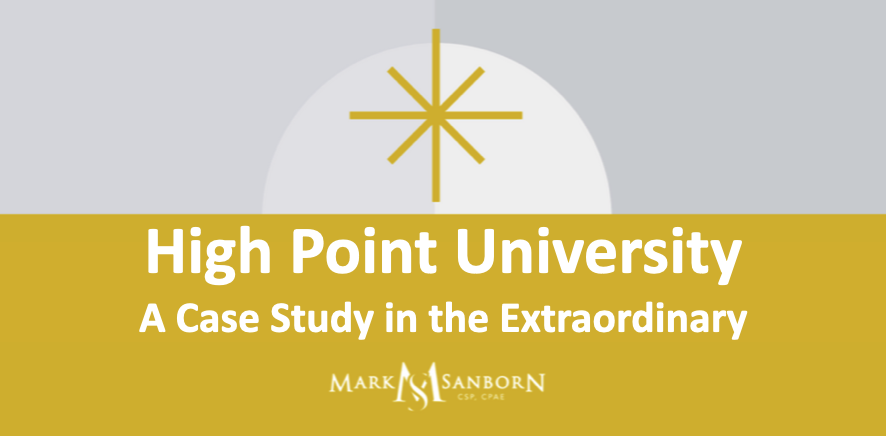Smart Leadership: Four Simple Choices to Scale Your Leadership
New Book Giveaway!
35 copies available!!
Leave a comment on this guest post by Mark Miller to become eligible for one of 35 complimentary copies of his new book, “Smart Leadership: Four Simple Choices to Scale Your Impact.”
Deadline for eligibility is 1/15/2022. International winners will receive electronic version.
Are you struggling with busyness, distractions, complexity, and any number of other challenges? Join the club! Leaders around the world are literally battling for their lives – trying to maintain their influence, improve their quality of life, and increase their impact. The impediments are too numerous to count!
I’ve chosen to label this toxic mix… quicksand.
Choices:
When we find ourselves in quicksand, we have only three options:
Sink:
This is what happens when we give up. Our hopes, dreams, aspirations, and influence are extinguished.
Swim:
The fundamental problem with swimming in quicksand is that it is not an effective nor sustainable strategy.
Escape:
This is the strategy of Smart Leaders. These women and men have figured out how to move to higher, solid ground.
Our team spent the last couple of years trying to figure out how Smart Leaders orchestrated their escape. The good news for all of us: the path to increased impact is paved with four simple choices.
Smart Leaders:
Confront Reality to stay grounded in truth and lead from a position of strength.
Grow Capacity to meet the demands of the moment and the challenges of the future.
Fuel Curiosity to maintain relevance and vitality in a changing world.
Create Change today to ensure a better tomorrow.
Imagine:
What specific tactics do Smart Leaders employ? This question is beyond the scope of this post. However, I encourage you to use your imagination!
If you make these choices and commit to freeing yourself from the quicksand limiting your influence, you will discover ample tangible ways to bring your choices to life. Start by confronting reality regarding your leadership.
Virtuous Cycle:
These four choices create a virtuous cycle, each choice enabling and propelling the next. These choices, made consistently, unleash tremendous power… the power to change your world.
Be smart!
What is your current reality? What is your quicksand?
Note: All Mark’s books are great reads. “Smart Leaders,” is my personal favorite!
Watch my interview with Mark Miller. We discuss a leader’s trajectory, the four choices, and much more. (If you would like to connect with Mark, he gives his cell number in the video.)
Mark Miller is a business leader, best-selling author, and communicator. He is currently serving as the Vice President of High Performance Leadership for Chick-fil-A, Inc. Beyond chicken, Mark’s global influence continues to grow. Today, there are over a million copies of his books in print, in twenty-five languages. Smart Leadership is his tenth title with more…
















